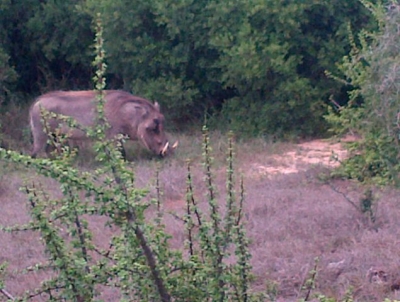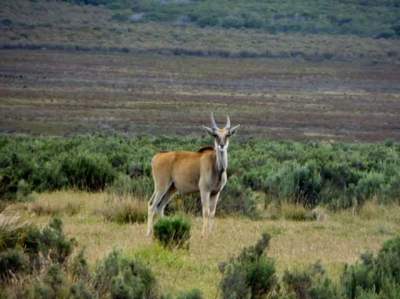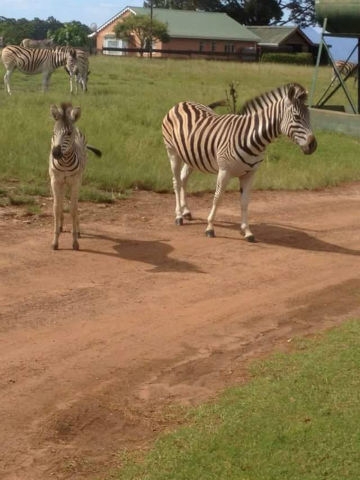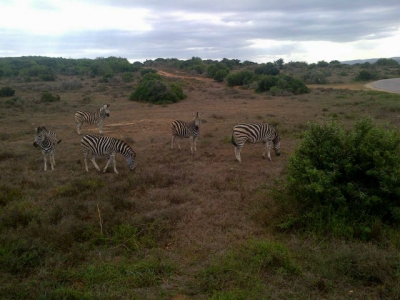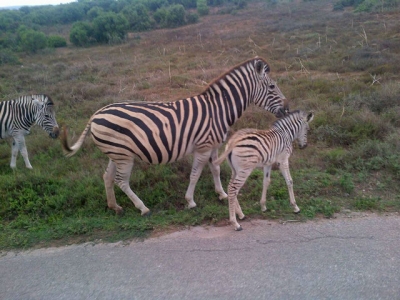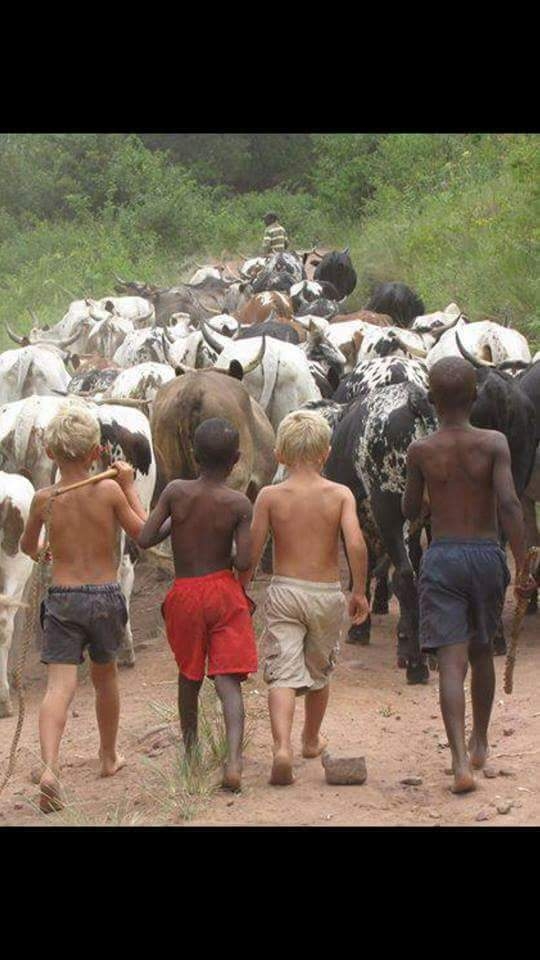
Indigenous Nguni cattle in South Africa
Indigenous Nguni cattle found in South Africa
The Nguni cattle breed is special to southern Africa. A hybrid of different Indian and later European cattle breeds, they were introduced by Bantu-speaking tribes to southern Africa during their migration from the north of the continent. The cattle breed is medium-sized and adapted to grazing on the highveld.
Characteristic's
Nguni cattle are known for their fertility and resistance to diseases, being the favourite breed amongst the local Bantu-speaking people of southern Africa (South Africa, Swaziland, Namibia, Zimbabwe, Botswana, and Angola). They are characterised by their multicoloured skin, which can present many different patterns, but their noses are always black-tipped. They are a principal form of Sanga cattle, which originated as hybrids of Zebu and humpless cattle in East Africa. DNA analyses have shown that they are a combination of Zebu (Bos indicus) and Bos taurus, the European and some other breeds of local cattle bred from Zebu. They are characterized by low cervicothoracic humps, in front of the front legs, instead of the high thoracic humps of pure Zebu. Besides the various colour patterns, these animals present a variety of horn shapes. All different combinations were catalogued in the beginning of the century by a South African herdmaster. This work inspired the Nguni Cattle Register, a compilation of terms to describe in full a Nguni cow or bull. The cattle are medium-sized, with bulls weighing between 500 and 600 kg, while cows weigh between 300and 400 kg.
Origin's
The ancestors of Nguni cattle were brought by the Xhosa, Zulu, and Swazi people, during their migration to southern Africa between 600 and 1400 AD. Since then, these animals have played an important social and economic role in the development of these societies and are used as a bride's dowry. The number of animals held by a village or individual determined much of their importance to the rest of the world. King Shaka of the Zulus understood this cultural and economic importance and seized control of the Nguni herds on his dominions. Shaka also bred the Ngunis according to colour patterns to produce hides for the several regiments of his army, henceforward recognized by them. His elite personal guard was recognised by pure white, from animals of the royal herd, the inyonikayiphumuli.
Coat colours
The colour of those breeds of cattle have many different colors and patterns, such as white, brown, golden yellow, black, dappled, or spotty.

